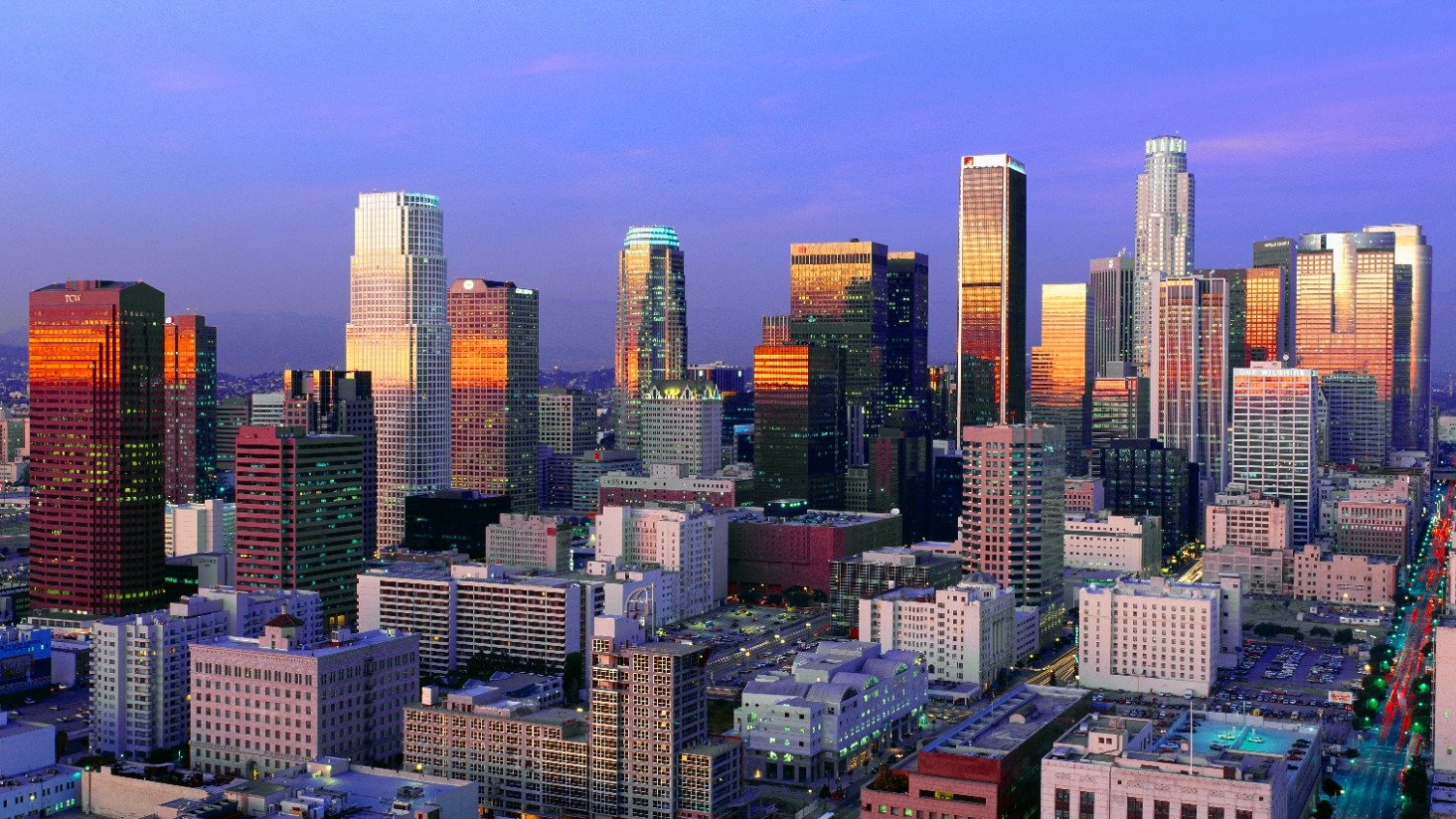What's new with Title 24, Part 6 changes in 2023?
Let me know if you think it's worth a new post or updating an older post based on this content from Jeremy.
If you live in California — the 2022 California Building Standards (also known as the latest version of Title 24) are now in effect.
As of January 1, 2023, any projects applying for a permit are required to comply with the new version of the code. There are several major changes and adjustments in the latest version of Title 24, adjusted to meet California's goal for all new commercial construction and 50% of commercial buildings retrofits to achieve Net Zero Energy Consumption by 2030. (Note: even though these new standards are called the 2022 California Building standards, they did not take effect until 2023.)
Title 24, Part 6 is the section of code that regulates state building energy efficiency requirements for residential and nonresidential buildings, including new construction. The 2022 version of the code includes big changes for Title 24, Part 6.
Since this is a lighting blog, most of our discussion will center around changes impacting lighting. Let's take a look at the biggest changes in the 2022 Energy Code.
The biggest changes in Title 24, Part 6
We're discussing three big changes in the 2022 version of Title 24, Part 6 related to lighting: multifamily buildings, lighting power allowances, and lighting controls.
1. Multifamily buildings and Title 24
Perhaps the biggest change in Title 24, Part 6 is the separation of multifamily buildings. All multifamily buildings now have their own code section and requirements.
Previously, multifamily buildings have had some requirements from the residential code and some requirements from the non-residential code, which often caused confusion. Buildings with up to three habitable stories were separated from buildings with four or more habitable stories. The new requirements for multifamily buildings are now much easier to find and more consistent for all multifamily buildings. They can all be found in sections 160.0-180.4.
Read more: How to save energy for multifamily buildings
Low-rise multifamily buildings (three stories or below) also must register new compliance documentation.
These changes for multifamily buildings are significant. The California Energy Commission estimates that changes to multifamily buildings alone will reduce new CO2 emissions by about 10,000 metric tons every year compared to the 2019 code.
2. Lighting power allowances in Title 24, Part 6
Lighting power allowances are also changing under Title 24, Part 6 because of LED technology. It's no secret that LED lighting consumes less energy than traditional lighting. As more commercial buildings adopt LED lighting (and they're required to in California), the California Energy Commission has also made a point to adjust lighting power allowances.
Most lighting power allowances have decreased, but certain power allowances and power densities have increased, which can be found in Table 140.6-C. There are also changes to allowances for wall display, task lighting, and decorative lighting, outlined in Table 140.6-D.
3. Lighting controls in Title 24, Part 6
Lighting control requirements are also changing in California's 2022 Building Standards.
A few of the changes include:
- Shutoff controls for offices have lower mandatory thresholds
- Automatic daylighting controls are mandatory in secondary daylit zones
- Power adjustment factors related to controls reduced
- A new section for indoor lighting control interactions
- Outdoor lighting control requirements
- Connection between receptacles and demand-responsive lighting controls
- Increased requirements for individual lighting controls
Why Title 24 continues to be updated
California adopts a new energy code every three years in an effort to move toward a goal of commercial buildings with net zero energy consumption by 2030.
Regular updates to Title 24 ensure that projects are using the most energy-efficient and energy-conserving practices. Already, the energy-efficient standards in California have saved billions on consumers' electricity and natural gas bills.
According to the California Energy Commission, the 2022 Energy Code will produce benefits to support the state’s public health, climate, and clean energy goals.
Title 24, Part 6 compliance
If you are concerned about how to comply with the new standards outlined in Title 24, Part 6, please do not hesitate to contact us. We stay on top of every update related to the California Energy Commission and have years of experience dealing with compliance. The last thing you want is another delay added to construction projects because of a compliance problem.
To see if Title 24 applies to you, take our quiz below.










